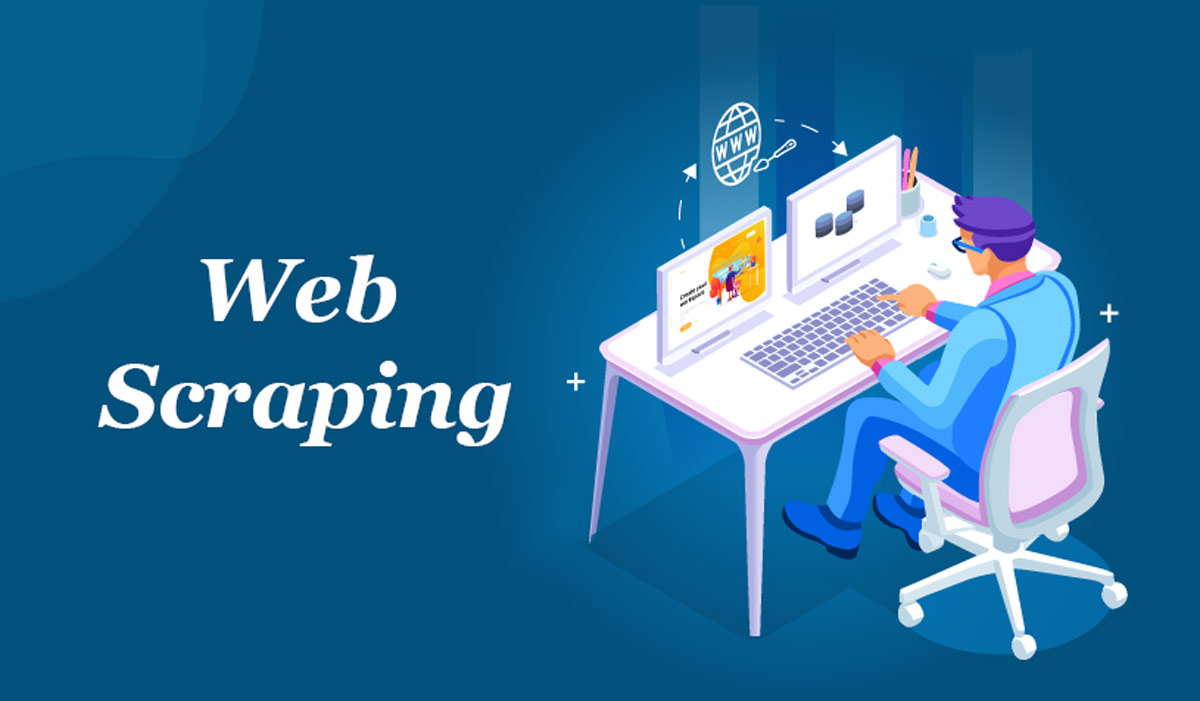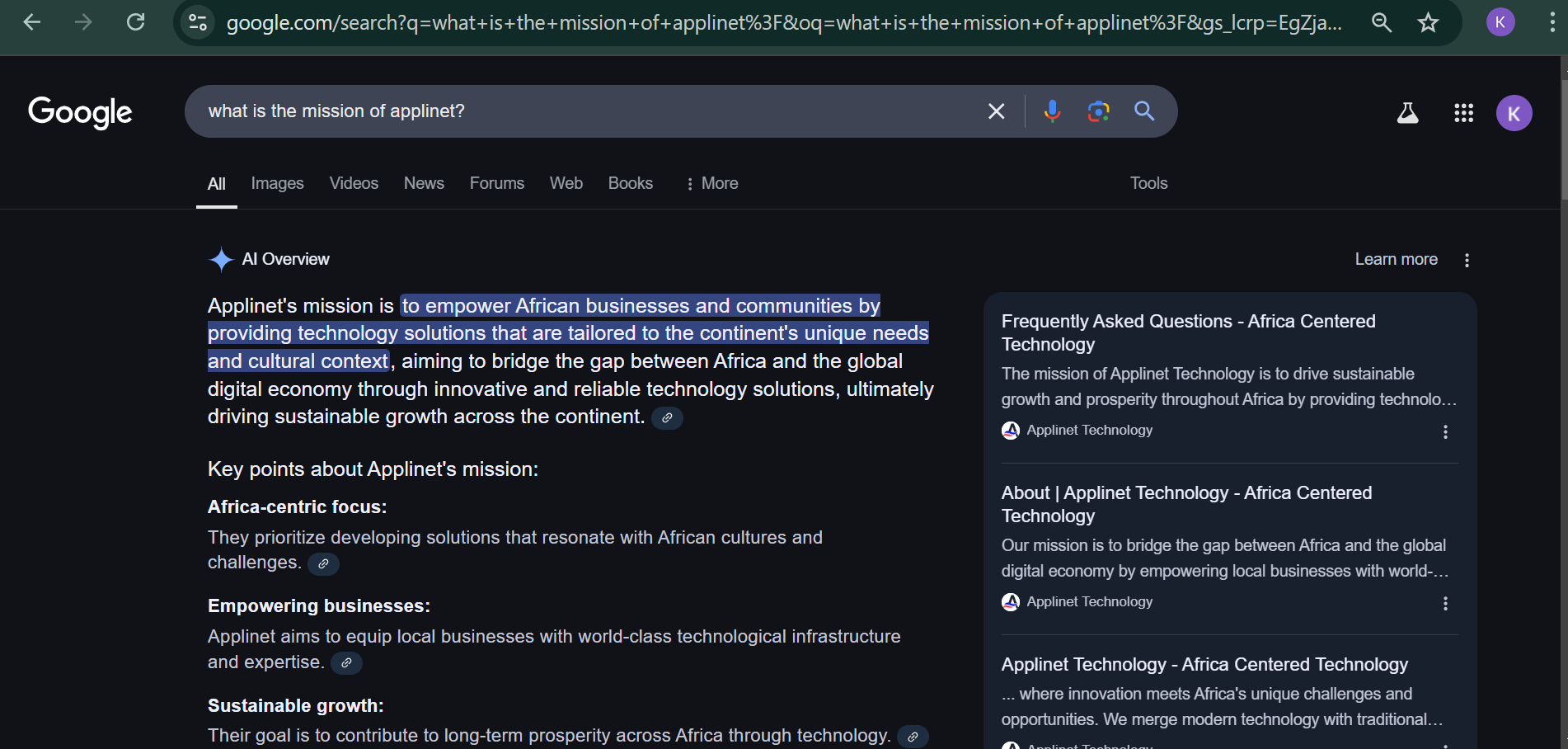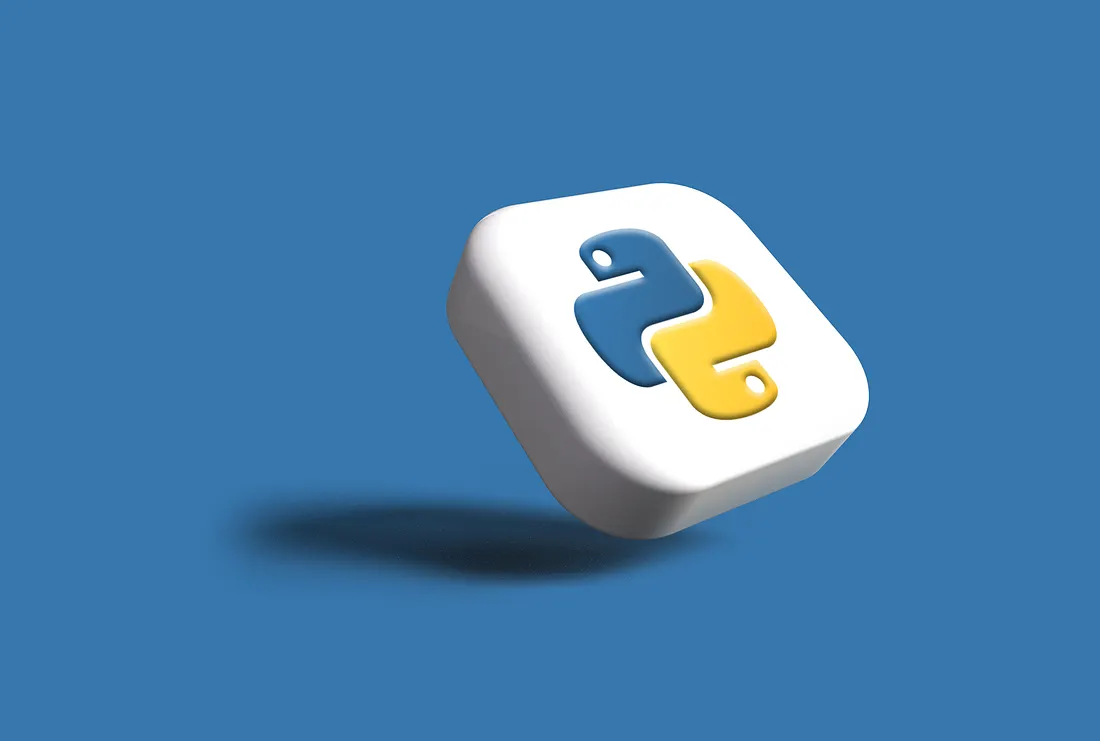
Build with PHP
Build in PHP for fast development, strong community support, cost-effective hosting, and excellent compatibility with web technologies.
PHP, or Hypertext Preprocessor, is a widely-used open-source scripting language especially suited for web development. Originally designed to manage dynamic web content, it allows developers to create powerful, data-driven websites and applications efficiently. PHP integrates seamlessly with HTML, making it ideal for developing web pages, content management systems (CMS), e-commerce platforms, and server-side applications. Its compatibility with major databases (like MySQL, PostgreSQL, and Oracle) and platforms (Windows, Linux, and macOS) makes it highly versatile. PHP also offers a vast library of frameworks, such as Laravel and CodeIgniter, to simplify development and improve code quality. PHP's benefits include ease of learning, extensive documentation, cost-effectiveness, scalability, and a large community for support. It powers over 75% of websites today, including platforms like WordPress, proving its reliability and robust functionality in the web development world.
Where You'll Get Started!
- Introduction to PHP.
- PHP Syntax and Structure
- Variables and Data Types in PHP
- Operators in PHP
- Control Structures: If, Else, Switch
- Loops: For, While, Foreach
- Functions in PHP
- Arrays in PHP
- Form Handling in PHP
- Working with Files in PHP
- PHP & MySQL: Database Connectivity
- Sessions and Cookies in PHP
- Error Handling and Debugging in PHP
- Object-Oriented Programming (OOP)
- ...and more...
"PHP is the language of choice for developers who want to innovate."
"True wisdom lies not in the pages we read but in the actions we take."
Frequently Asked Question on PHP
-
What is CodeHouse Cloud?
CodeHouse Cloud is an Africa-centered cloud platform designed to empower African tech talents to solve Africa unique challenges. -
What is PHP and what is it used for?
PHP (Hypertext Preprocessor) is a popular open-source server-side scripting language designed for web development. It is used to create dynamic web pages, manage databases, handle forms, and build entire websites and web applications. -
How does PHP interact with databases?
PHP interacts with databases using extensions like MySQLi and PDO (PHP Data Objects). These extensions allow developers to connect to databases, perform queries (e.g., INSERT, SELECT, UPDATE, DELETE), and retrieve or manipulate data dynamically. -
What are the differences between include() and require() in PHP?
Both functions are used to include external PHP files into a script, but they differ in behavior:- include(): Generates a warning if the file is not found but allows the script to continue.
- require(): Generates a fatal error if the file is not found, stopping the execution of the script.
-
How does PHP handle form data submitted using HTML?
PHP uses the $_POST and $_GET superglobals to access form data submitted via HTML forms:- $_POST retrieves data from forms submitted using the POST method, which is secure for sensitive data.
- $_GET retrieves data from forms or URLs passed using the GET method, typically visible in the URL.
-
What is the difference between == and === in PHP?
- == is the equality operator and checks if two values are equal, regardless of their data type. For example, 5 == "5" will return true.
- === is the strict equality operator and checks if two values are equal and of the same data type. For example, 5 === "5" will return false because one is an integer and the other is a string.

- In-depth course
- 15 hours of HD video
- Downloadable content
- Hands-on exercises
- English captions
- Certificate of completion
- Lifetime access
- Learn at your own pace
Get Enrolled Today!
Simply fill out the form below to get started.











